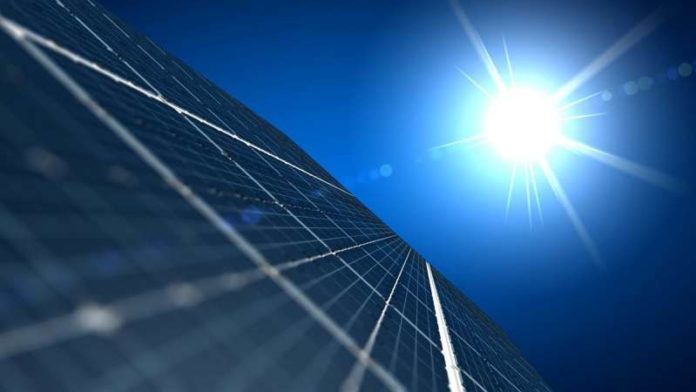
SOUTH African chrome and platinum group metal (PGM) miner Tharisa has laid plans to convert to solar power at its North West province mine saying today it had signed a memorandum of understanding (MoU) with an energy provider partnership that will take the plant finance and construction risk.
“Total Eren and Chariot will develop, finance, construct, own, operate and maintain a solar photovoltaic (PV) project for the supply of electricity to the Tharisa Mine,” Tharisa said in an announcement to the JSE.
In terms of the arrangement, Tharisa will pay a cents per kilowatt rate to the providers on a take or pay basis to be captured at a later stage in a long-term power purchase agreement. The Tharisa mine consumes about 25MW but the MoU provides for the supply of a 40MW PV unit thereby allowing for mine expansion.
Tharisa said in September that it would reduce its carbon emissions 30% by 2030 and become net carbon neutral by 2050. “The reduction of the use of grid power by the Tharisa Mine will be accelerated through the implementation of this and other renewable energy projects,” the company said today.
“The solar power solution provided by Total Eren is but one of several steps we are taking to ensure our flagship Tharisa Mine, which has a life of mine of over 50 years, has a reduced carbon footprint,” said Tebogo Matsimela, head of ESG at Tharisa.
Tharisa recently undertook hot commissioning of its $55m Vulcan plant which will enable the mine to increase chrome production to two million tons annually. First production from the smelter is set for the second quarter.
At 157,800 ounces, the company produced 11% more PGMs in its 2021 financial year compared to 2020, and 12.7% more chrome concentrate which came out at 1.51 million tons for the year.
The conversion to renewable power was made easier for the mining sector in June last year after the country’s mines and energy minister, Gwede Mantashe announced the threshold for self-generated power was increased to 100MW. This allows industry in South Africa to build or source economic supply of its own renewable power without applying for a licence through the National Energy Regulator of South Africa.









